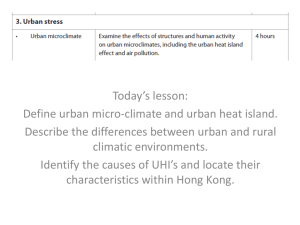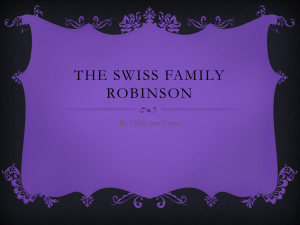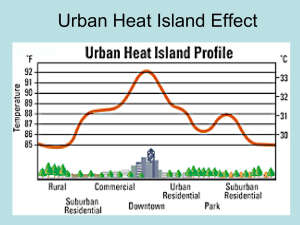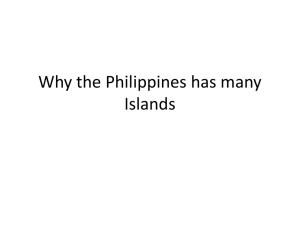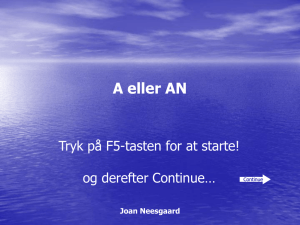Urban Heat Island Effect
advertisement
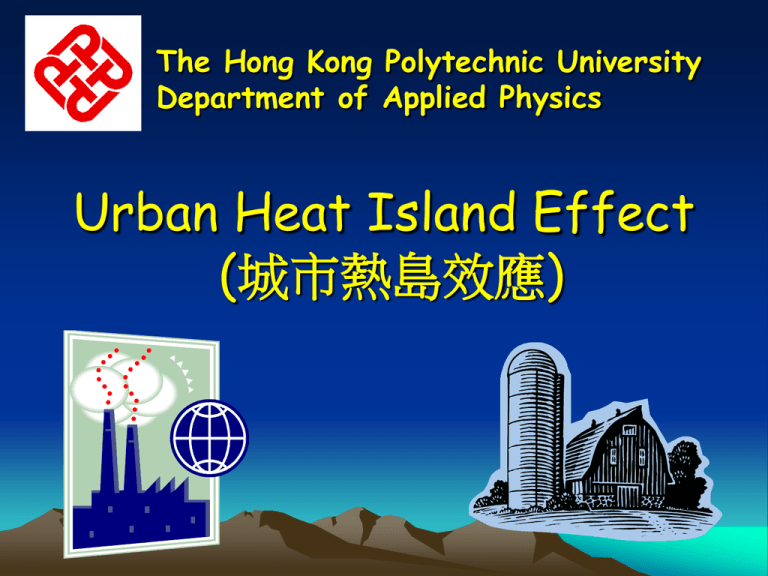
The Hong Kong Polytechnic University Department of Applied Physics Urban Heat Island Effect (城市熱島效應) What is Urban Heat Island Effect? • The temperature in cities is higher than the suburbs (郊區) – The temperature in cities is higher and so isotherm (等溫線) decreases gradually from the cities to the surrounding suburbs (郊區). – The city seems to be an island in relief map (地形圖) surrounded by the “suburb” ocean, so it is called Heat Island (熱島). Urban Heat Island Effect • Hot air in city continuously flows up and disperse at a certain height in the sky, forming low pressure area (低壓區) on ground. • Cool air on ground from suburbs flows into the city causing circumfluence (環流). • Smoke and dust from industrial areas (工業區) around the city flow into the town centre instead, causing the concentration of pollutants in town center higher than that of the industrial area. Urban Heat Island Effect Urban Island Effect in Hong Kong… Causes (成因) of Urban Heat Island Effect • Buildings highly concentrated in cities – Low wind speed near ground level – Poor ventilate (通風) • Artificial environment absorbs much radiation from the Sun – Multiple reflection and absorption between roofs, walls of buildings and the ground – Large heat capacity (熱容量) of reinforced concrete (鋼筋水泥) absorbs much radiation during daytime • Heat release due to human activities – heat emission by air-conditioners and cars • Air pollution – Such pollutants absorb radiation heat easily Influence (影響) of Urban Heat Island Effect • The strength of Urban Heat Island Effect is related to the scale of the city (城市規模), meteorology factors (氣象因素), etc. • The annual mean temperature (年平均氣溫) of big cities is 0.5 ~ 1 °C higher than that of suburbs • The lowest mean temperature (平均最低氣溫) of big cities in winter is 1 ~ 2 °C higher than that of suburbs • Cities seems like a warm island, Urban Heat Island Effect is more apparent in big cities and at night. Influence (影響) of Urban Heat Island Effect Influence (影響) of Urban Heat Island Effect • Weaken the intensity of solar radiation (太陽輻射) and sunshine (日照) – Dust in the air is increasing due to air pollution. Therefore, solar radiation reaching the ground is weakened. Influence (影響) of Urban Heat Island Effect • Low humidity (低濕), foggy (多霧), rainfall (降雨) increases – Cities with good drainage system (排水系統) and concrete ground causing humidity of cities lower than that of suburbs. – The ground is dry. It cannot help accommodating weather. – There are many cloud condensation nuclei (凝結核) in the sky above the cities, so it is foggy. – The annual rainfall (年降雨量) in cities is about 5 – 10% higher than that of the suburbs. Urban Heat Island Effect aggravated (加劇) by Urbanization (城市化) • Development of cities accelerates the changes of climate – rapid urbanization in Hong Kong in recent 50 years causing the warmer climate – the temperature rises 1 °C in average Reasons: – A large number of trees are chopped, fewer plants to remove carbon dioxide (二氧化碳) and to adsorb (吸附) dust – Density and height of buildings increases, so wind cannot flow into cities – Exhaust (廢氣) discharged from airconditioners and cars
